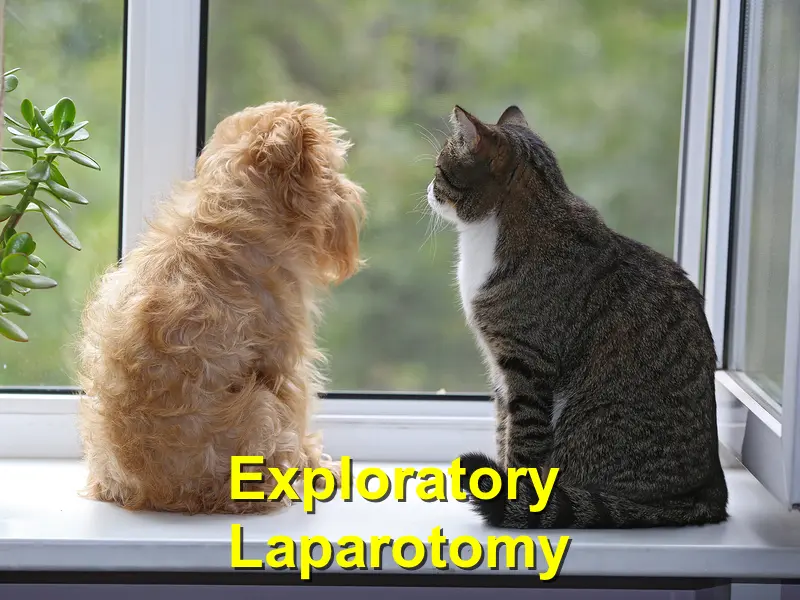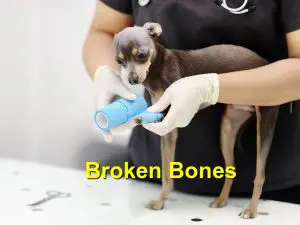Abdominal exploratory laparotomy refers to the surgical procedure pets undergo involving the opening of their abdominal cavities to examine the organs therein for therapeutic or diagnostic reasons.
Indications and Tests
A pet in need of this procedure often has chronic vomiting and protruding abdominal wounds. They might also experience abdominal pain and fluid accumulation in the same area. In case the doctor makes a diagnosis showing your pet has urinary bladder disease or intestinal disease, we might have to perform this surgery.
We perform preoperative tests depending on your pet’s overall health and age which include blood count, radiographs, serum biochemical tests, an EKG (if need be), and a urinalysis just to mention a few. We also use anesthesia to help your pet relax as well as breathing aid and oxygen when the surgery is in progress.
The Surgery
After the anesthesia, your pet is laid on its back on an operating table and its hair clipped in the center of its abdomen. The skin is then disinfected using surgical soap before a sterile drape is put over the area of surgery. We then incise your pet’s skin using a scalpel to expose the abdominal cavity before examining and evaluating the abdominal organs.
Other surgical procedures such as biopsy and gastronomy might be performed if the vet deems it necessary. We then close the incision using self-dissolving stitches and close the outer part of your pet’s skin with sutures, which require removal after 10-14 days. Usually, this procedure takes an hour. However, that time may change depending on the need for other procedures.
Hospitalization and Aftercare
Our hospital stay varies depending on the reason for the procedure, other surgeries conducted, and the overall health of your pet. However, we provide you with postoperative drugs to ease the pain and advice you further regarding homecare in the first few days after the procedure. For starters, limited mobility is encouraged at least until we remove the stitches.
Not to mention, remember to inspect the stitches on a daily basis for any redness, pain, swelling, or discharge.
Sources: Michigan Animal Hospital, Pet Education
Copyright: Braselton ER Vet





